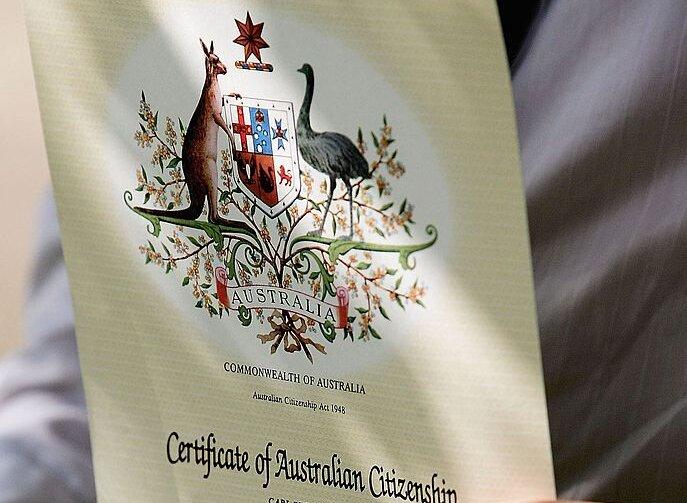The Australian government will target student visa holders who prolong their stay in Australia without a clear pathway to permanent residency amid a migration shake-up.
This will spell the end of settings that drive long-term temporary stays, also known as permanent temporariness, which is one of the main problems with the Australian migration system, according to Home Affairs Minister Clare O'Neil.





